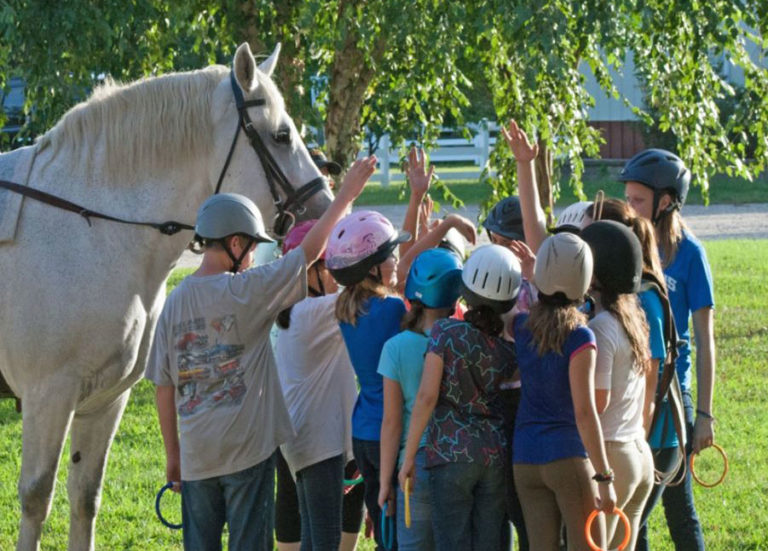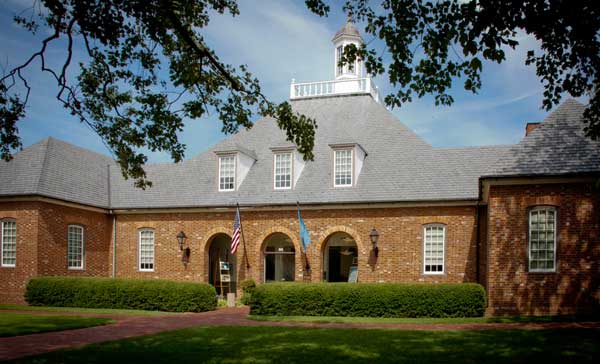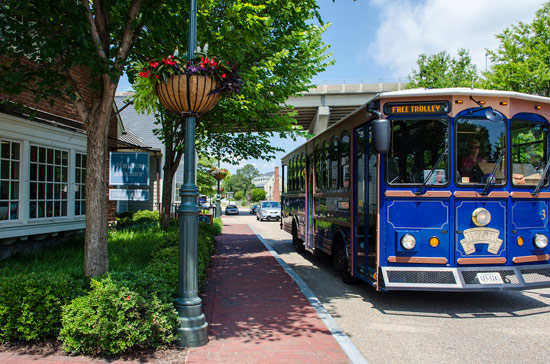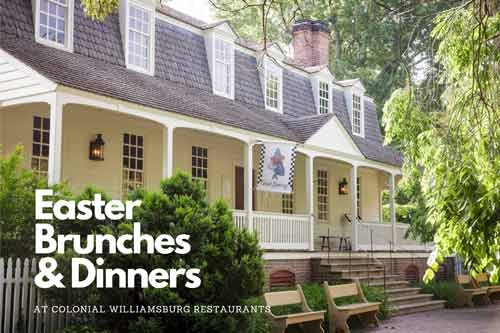Colonial Williamsburg’s Windmill is moving to a new location on Monday morning August 8, 2022
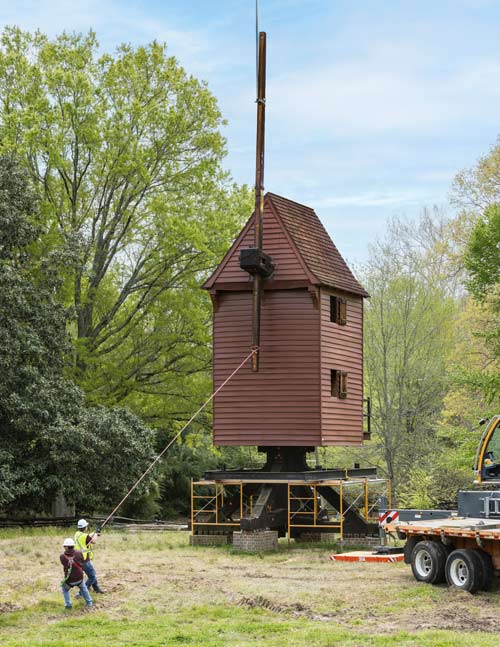
Photo credit: Image by Brendan Sostak for The Colonial Williamsburg Foundation
Colonial Williamsburg’s Windmill is moving at 6 am on Monday August 8, 2022. The 28,000-pound mill house – the body of the Colonial Williamsburg windmill – will travel on a flatbed truck from its current site near the Colonial Williamsburg Foundation Visitor Center to its new location at the intersection of Francis Street and Bucktrout Lane. Colonial Williamsburg staff led by Matthew Webster, executive director of architectural preservation; contractors including B.E. Hassett Millwrights and Prillaman Crane and Rigging.
The mill house will begin at the Great Hopes parking lot and will travel south down Henry Street, across Duke of Gloucester Street, right on to Blair Street, right onto Francis Street, and left onto Bucktrout Lane. This work will briefly shut down the streets, including Bucktrout Lane.
Colonial Williamsburg’s windmill is moving from its current location near the Visitor Center to a new interpretive site in the heart of the Historic Area in order to improve visitor access to the iconic landmark and to create a more engaging and immersive guest experience around 18th-century farming.
Work to move the windmill has been underway since spring 2022 but was delayed by a structural issue found during the disassembly of the mill that required repairs. The various components of the windmill – including the sails, the tailpole, the trestle and the king post – have already been moved to the new site. The mill house is the final piece of the windmill to be relocated.
Colonial Williamsburg’s windmill, based on the 1636 Bourn Mill in Cambridgeshire, England, was constructed in 1957. Originally located behind the Peyton Randolph house, this windmill was moved to its current location behind the Visitor Center in 2010 when it became a part of Great Hopes Plantation.
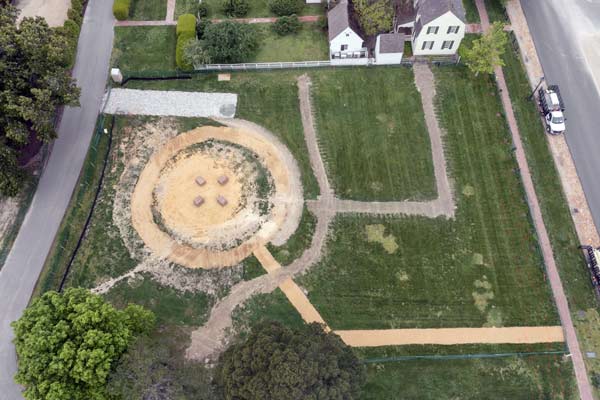
.Photo credit: Image by Wayne Reynolds for The Colonial Williamsburg Foundation
Unlike familiar smock-style windmills, in which the sail assembly rotates to face the wind independent of the structure’s base, the Colonial Williamsburg windmill is a “post” windmill: the entire two-story mill house and sail rotate together atop a post-and-trestle base. A miller rotates the structure to the wind using a wheeled tailpole boom that protrudes from the house.
Windmills were found in colonial Virginia and are depicted on early maps of the region. The 1782 “Frenchman’s Map” of Williamsburg shows a windmill located along present-day South Henry Street. In 1723, William Robertson sold a windmill that stood near the Peyton Randolph property in Colonial Williamsburg’s Historic Area. Evidence in the form of documents and paintings indicates that windmills were also moved in the 18th century.
Fun Facts! Colonial Williamsburg windmill by the numbers:
- Main or post height: 18 feet
- Mill house height: 25 feet
- Assembled house height: 36 feet
- House weight: 28,000 lbs.
- Sail span: 55 feet
- Millstones’ diameter: 3 feet
- Combined millstone weight: 2,500 lbs.



















